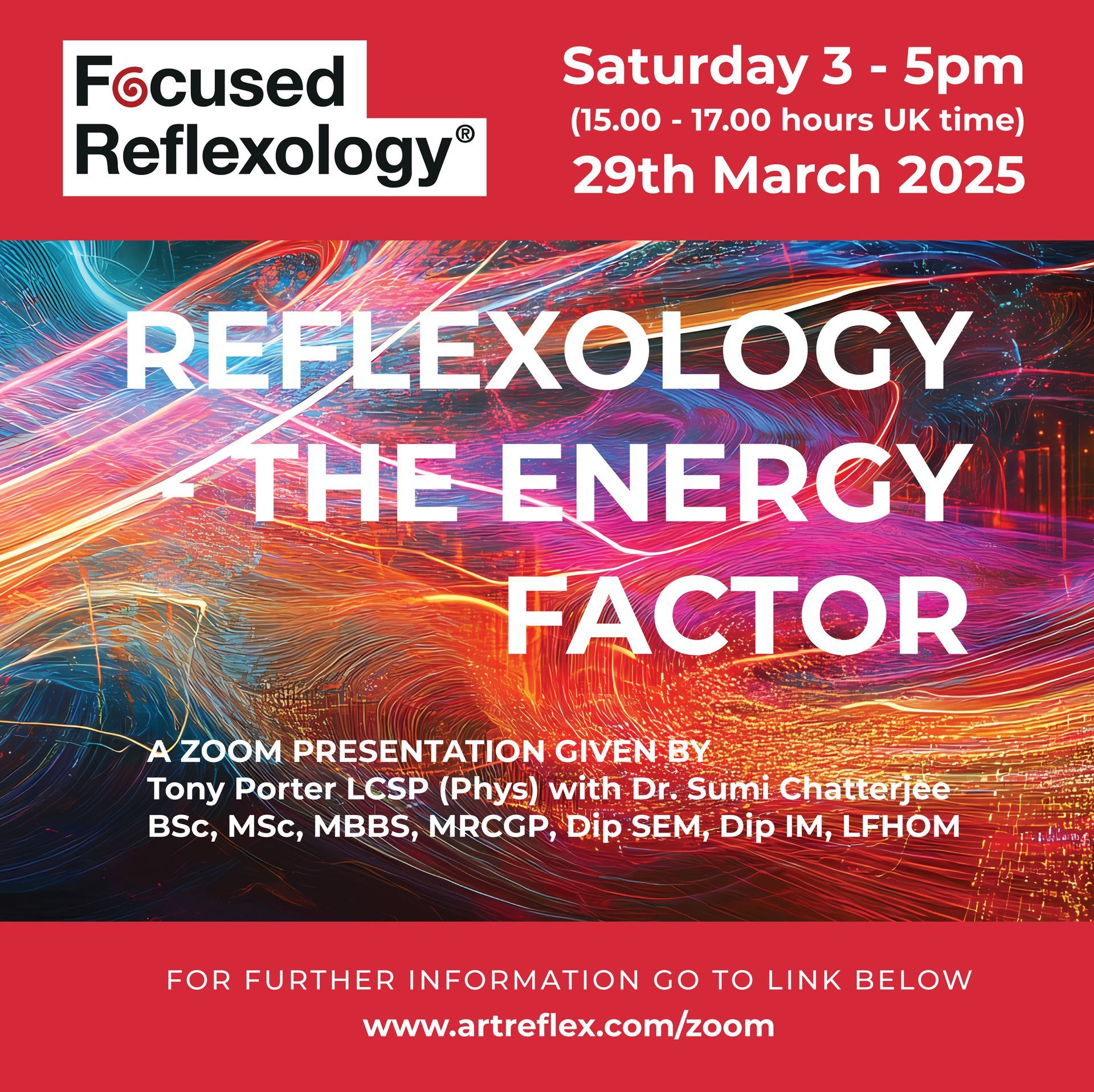LOW BACK PAIN & REFLEXOLOGY Part 2
In part 1 of this blog, I focused on how the primary cause of Low Back Pain (LBP) can originate from an imbalance of the pelvis.
The illustration below shows the effect that an unbalanced pelvis has on the entire spine, causing the 'towers' which are areas of tension to develop. These will show up on the medial, spinal reflexes as secondary symptoms

The sacrum is the keystone of the human structure, giving support and stability to the entire spine, pelvis and hip joints and even influencing the structural integrity and balance of the feet.
If the support of the sacrum is unbalanced, an uneven amount of pressure is placed on the L5 and S1 vertebra (lumbosacral joint), resulting in inflammation, which over time can lead to a herniation of an intervertebral disc.
The effects of this imbalance will involve the integrity of the hip joints and the entire spine to the cervical vertebra. This results in the creation of 'spinal towers' as the body attempts to restore postural equilibrium.
These are areas of muscular and ligamental tension along the length of the spine, which can be detected when contacting the classical, medial spinal reflex areas. However, as I explained in part 1, these are generally
secondary indications (unless there has been direct trauma to the spine)
The primary cause is an imbalance of the sacrum/hip foundation.
I am not suggesting these spinal reflexes don't need to be worked; they do, but with the realisation that they probably indicate a secondary cause.
Knee pain
Invariably originates from a pelvic/hip imbalance (unless there has been an accident or trauma to the knee). This is why working on the hip reflexes first will be an effective strategy for alleviating knee problems. In this case, the problem with the knee is secondary, and the hip/pelvis imbalance will be primary.
I suggest thoroughly examining both the medial and lateral hip reflex areas first when presented with a knee problem before working on the symptomatic, secondary knee reflex areas. This protocol will go a long way in producing positive, therapeutic outcomes.
I should mention here that I am discussing the application of classical reflexology techniques. There are other excellent techniques based on a neurological approach. The applications differ both in application and protocol from that of the classical.
One of the wondrous attributes of reflexology is that it allows us to delve deeper into the rabbit hole of structural imbalance, revealing the more subtle causes of not only LBP but a host of other related ailments.
Apart from bad posture, accidents, and so forth, there is another cause of LBP and a plethora of other structural pain, related conditions.
The cause is a subconscious, physical response to an ongoing stressful disturbance known as 'Body Armouring,' This causes muscles to become tense. Neck, jaw, shoulders and low back are a few examples. It is actually a subconscious, coping response. This can extend to the internal areas of the body, such as those in the gut (second brain) and the heart.
Reflexology can display areas of subtle disturbances on the feet, which may result from this response.
The major organs, such as the liver, heart and kidneys being neurologically rich, could also act as reservoirs of stress and trauma.
This could be another reason why the reflexes of these and other areas show as disturbed.
It could be that the painful and disturbed heart reflexes could be the result from stored long-term stress and trauma — this can also extend to other reflex areas.
The mantra of
Structure Governs Function is an often quoted mantra. However, reflexology has enabled me to observe how
Function
also
Governs Structure.
There is so much more to learn from the stories that the reflexes are telling, it is up to you to take this forward.
I hope this somewhat convoluted blog opens up other avenues into how reflexology is viewed and understood. Through this, it will enable practitioners to give more comprehensively, therapeutic treatments.
My Best Wishes
Tony Porter










